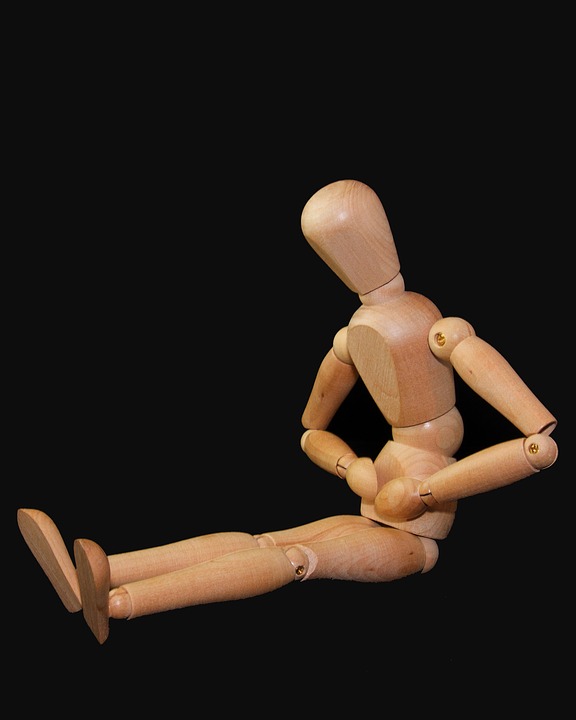
Bowel health in children (and adults) depends on the digestive or gastrointestinal system working well. An effectively working bowel is one that, amongst other things, is able to digest food effectively and eliminate the waste (i.e. the poo) easily and with an appropriate frequency (at least 4 times a week). A key sign of how well the bowel is working is the appearance of the poo. But how is poo formed? In other words how does the bowel and digestive work?
How does the digestive system work?
The digestive system is essentially a very long tube that stretches from the back of the mouth to the anus.
When we eat, the food gets chewed into little pieces that are easy to swallow. In very young children the food is usually provided in a puree or very small pieces until the child can chew adult food. The food leaves the mouth then passes down the food pipe (oesophagus) to the stomach, squeezed by regular contractions along its way. This is called peristalsis. When the food reaches the stomach, it is broken down into a mushy liquid called chyme by acids and enzymes. The chyme then passes into the small bowel (small intestine), which is about 2 metres (7 feet) long in new-born babies and grows to about 6 metres (20 feet) long by adulthood.
The small intestine is made up of three parts. The first section is called the duodenum which is connected to the stomach. The next section is the jejunum which makes up about one third of the entire length of the small bowel. The last and longest part of the small intestine is called the ileum which leads to the large bowel or colon.
The small intestine is where most of the nutrients from our food are absorbed into the bloodstream and used by the body for metabolism, building cells and so on. The remainder of the semi-digested food that cannot be used passes into the large bowel (large intestine).
The large bowel has strong muscles which squeeze the poo along. The body absorbs water as the poo is squeezed along, so that it turns from a mush into a soft, smooth, sausage-shaped poo. When the poo reaches the rectum, the lowest part of the bowel, the rectum stretches, and a message is sent to the brain saying the child needs to do a poo.

A child with a healthy bowel can pass soft poos (Type 4 according to the Bristol Stool Scale[1]), at regular intervals without pain or discomfort at least four times a week.
What can go wrong?
Things can go wrong in the large bowel and the stool becomes too hard (a sign of constipation) or too soft and liquid in consistency (a sign of diarrhoea). Constipation (hard poo that is not easily passed) occurs when too much fluid is reabsorbed into the bowel. This can happen for several reasons:
- withholding the stool (which is when a child avoids emptying their bowels)
- fear of the toilet (sometimes associated with pain or discomfort)
- lack of a toilet routine (some children have such busy lives that it can be difficult to find time to sit and relax on the toilet each day)
- resistance to potty training and an insistence that a nappy be put on to poo in
- an unbalanced diet
- low fluid intake
- a change in routine
- anxiety and emotional upset (for example when starting nursery or potty training)
- some medications
When constipation strikes it is important to be recognise it and treat immediately. Pharmacist, Sultan Dajani says: “Mums need to be able to access an effective treatment for constipation. Several over the counter (OTC) medicines exist for the treatment of constipation in children, but many are only available OTC for children over the age of 12 months or 2 years or over. Following a review by the Committee on Human Medicines (CHM) the Medicines and Healthcare products Regulatory Agency (MHRA) stated that stimulant laxatives (e.g. senna, bisacodyl) should no longer be used in children under 12 years without advice from a prescriber, while stimulant laxative products for children aged 12 to 17 years can be supplied under the supervision of a pharmacist.[2]”
“Docusol Paediatric is one of very few products that can be taken by mouth and is available OTC for the management of constipation in infants and children from the age of 6 months. Docusol Paediatric works by retaining moisture in the stool from the bowel. With almost no stimulant action (i.e. causing movement (known as peristalsis) in the bowel), Docusol Paediatric is notclassified as a stimulant laxative. Hence the MHRA restrictions on stimulant laxatives are not relevant to Docusol Paediatric.”
Community Pharmacist Sultan Dajani adds: “Docusol Paediatric is efficacious and gentle, quick acting with few side effects. It is sugar free and strawberry flavoured. Plus, it can be mixed with drinks, (e.g. water, juice, milk etc) without changing their consistency and is easy to take. Essential for little ones when it comes to administering an over-the-counter medicine like Docusol Paediatric.”